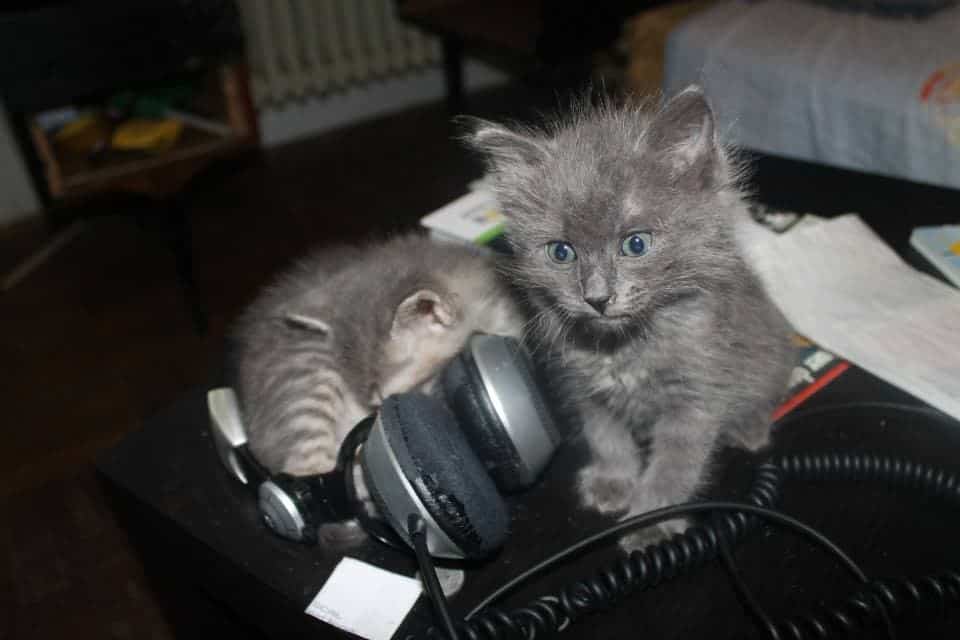We all know how therapeutic and soothing (or on the contrary, motivating) music can be; and we all know that different people like different types of music… so it seems safe to say that different animals also like different types of music. Now, a joint team of scientists and musicians believe they found how to compose the purr-fect music for animals, including monkeys and cats.
Monkey Music
David Teie plays cello with the National Symphony Orchestra; he’s also one of the more open-minded classic musicians, having worked with heavy metal band Metallica and he’s also a composer. Teie has been recently working on understanding what exactly makes our emotions so senstive to music; his theory is that music relates to most primitive and basic sounds, like a heartbeat or laughter.
“When I thought I had all the pieces put into place, I figured any good theory is testable, so one of the ways to test it would be to see if I could write music that would be affective for species other than human,” he says.
Indeed, in human music the drums often mimic a heartbeat, so his theory sounds quite plausible. Teie wrote to Chuck Snowdon, a psychology professor who managed a colony of monkeys called cotton-top tamarins at the University of Wisconsin. Snowdon sent Teie some recordings he’d made of tamarin monkeys. The composer then created two pieces of “music” aimed at tamarins, and it worked pretty well. You can listen to the two tracks he created at NPR.
The first track he created was supposed to have a soothing effect, and it did:
“This is a rhythm that approaches the resting heart rate of a tamarin and had this calming effect on them even though the pum-pum-pum in the background was maybe a bit faster than we would expect as humans for this music.”
The second one built on the sounds tamarins made when they are agitated and again, the piece had the expected effect.
“Monkeys reacted to this by increasing their movement,” Snowdon says. “They moved faster through their environment. And they also showed increase in a whole variety of behaviors we have associated with anxiety.”
Cat Music
The team then moved on to developing music for our lovable furry overlords pets. To develop cat-centric music, they used the basic sounds that cats make, such as purring.
“We looked at the natural vocalisations of cats and matched our music to the same frequency range, which is about an octave or more higher than human voices,” lead author Charles Snowdon told Jennifer Viegas for Discovery News. And since cats use lots of sliding frequencies in their calls, the cat music had many more sliding notes than the human music,” Snowdon continued. You can hear the results, Spook’s Ditty, Cosmo’s Air and Rusty’s Ballad, over at the team’s website ‘Music for Cats‘; to be honest, it doesn’t sound half bad. It’s actually quite relaxing to me…
While composing music for cats may sound like a useless endeavor, it can actually be very useful to keep cats calm down in shelters, as well as in any stressful situations.
Aside for this, it also provides valuable insight into the inter-specificness of music. Who knows, a hundred years from now children might learn that music was once only available for humans.
Journal Reference: Charles T. Snowdon, David Teie, Megan Savage. Cats Prefer Species-Appropriate Music. DOI: http://dx.doi.org/10.1016/j.applanim.2015.02.012











